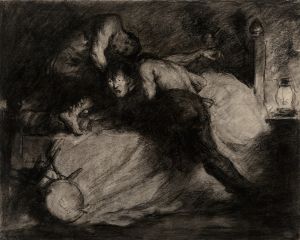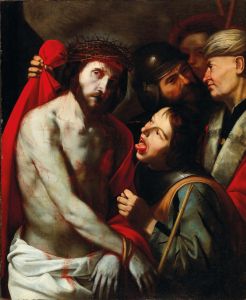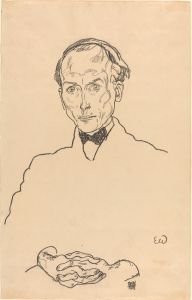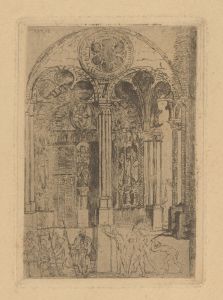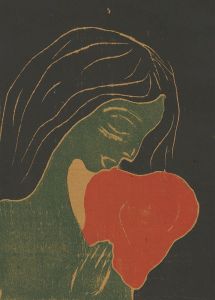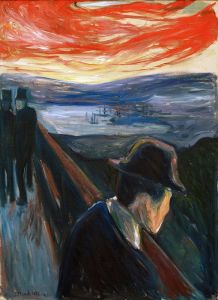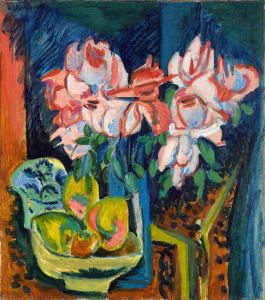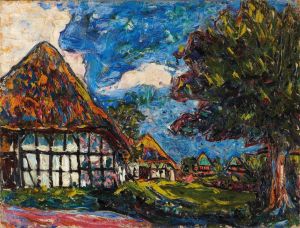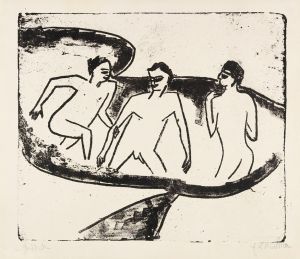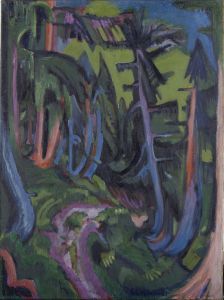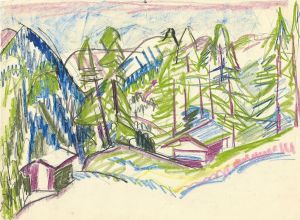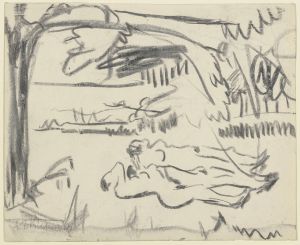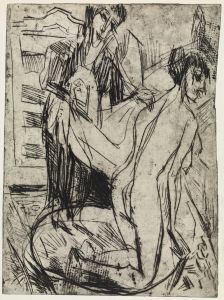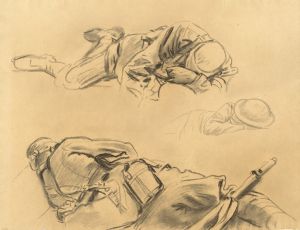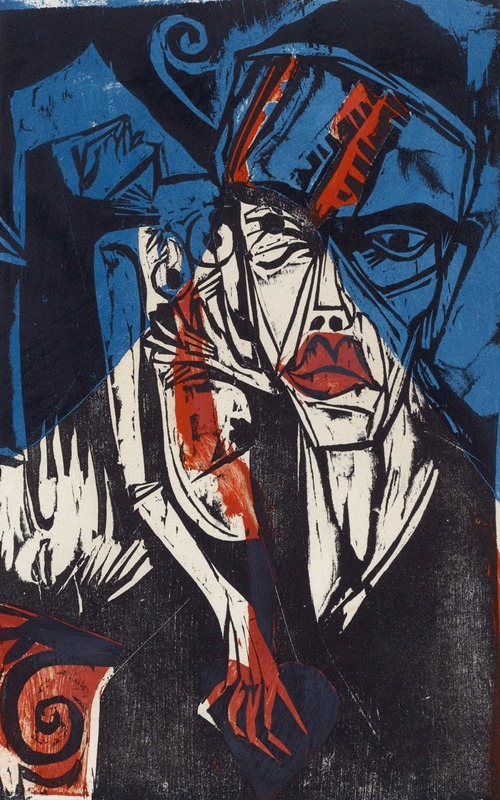
Kämpfe – Qualen der Liebe
A hand-painted replica of Ernst Ludwig Kirchner’s masterpiece Kämpfe – Qualen der Liebe, meticulously crafted by professional artists to capture the true essence of the original. Each piece is created with museum-quality canvas and rare mineral pigments, carefully painted by experienced artists with delicate brushstrokes and rich, layered colors to perfectly recreate the texture of the original artwork. Unlike machine-printed reproductions, this hand-painted version brings the painting to life, infused with the artist’s emotions and skill in every stroke. Whether for personal collection or home decoration, it instantly elevates the artistic atmosphere of any space.
Ernst Ludwig Kirchner was a prominent German expressionist painter and one of the founding members of the influential art group Die Brücke (The Bridge), which played a crucial role in the development of modern art in the early 20th century. Kirchner's work is characterized by its bold use of color, dynamic compositions, and emotive subject matter, often exploring themes of modernity, urban life, and the human condition.
"Kämpfe – Qualen der Liebe" (translated as "Struggles – Torments of Love") is one of Kirchner's works that exemplifies his expressionist style. Created during a period when Kirchner was deeply engaged with the exploration of human emotions and relationships, this painting reflects the intense psychological and emotional experiences that were central to his artistic vision.
Kirchner's work often depicted the complexities of human relationships, and "Kämpfe – Qualen der Liebe" is no exception. The painting is known for its vivid colors and dynamic forms, which convey a sense of tension and emotional turmoil. Kirchner's use of exaggerated forms and distorted perspectives serves to heighten the emotional impact of the scene, drawing the viewer into the psychological drama being depicted.
The painting is part of Kirchner's broader exploration of the theme of love and its associated struggles. During the early 20th century, Kirchner and his contemporaries were responding to the rapid changes in society, including the shifting dynamics of gender roles and relationships. This period saw a growing interest in the psychological aspects of human experience, influenced by the burgeoning field of psychoanalysis. Kirchner's work often reflects these contemporary concerns, using art as a means to delve into the subconscious and explore the complexities of human emotions.
Kirchner's style was heavily influenced by non-Western art forms, particularly African and Oceanic art, which he admired for their perceived authenticity and emotional directness. This influence is evident in the bold lines and simplified forms of "Kämpfe – Qualen der Liebe," which contribute to the painting's expressive power.
Throughout his career, Kirchner faced numerous personal and professional challenges, including struggles with mental health and the impact of World War I. These experiences informed his work, imbuing it with a sense of urgency and intensity. "Kämpfe – Qualen der Liebe" can be seen as a reflection of Kirchner's own inner conflicts and his ongoing exploration of the human psyche.
Kirchner's contribution to the expressionist movement and his impact on modern art are widely recognized. His works are held in major collections around the world, and he is celebrated for his innovative approach to color, form, and subject matter. "Kämpfe – Qualen der Liebe" remains an important example of Kirchner's ability to capture the complexities of human emotion and the struggles inherent in love and relationships.
In summary, "Kämpfe – Qualen der Liebe" by Ernst Ludwig Kirchner is a powerful expressionist work that delves into the emotional and psychological aspects of love. Through his use of vivid colors, dynamic forms, and emotive compositions, Kirchner captures the intensity and turmoil of human relationships, reflecting the broader themes of modernity and the human condition that define his artistic legacy.





